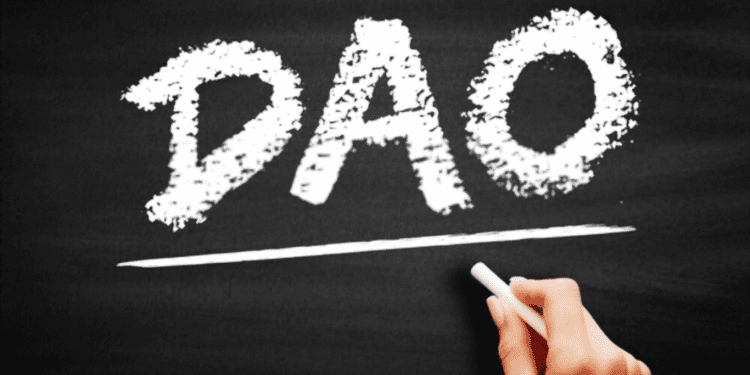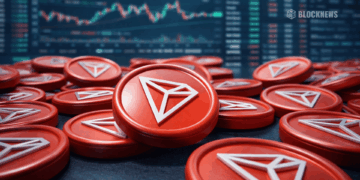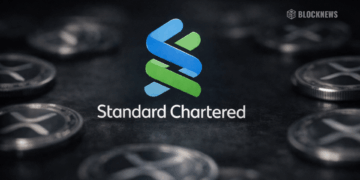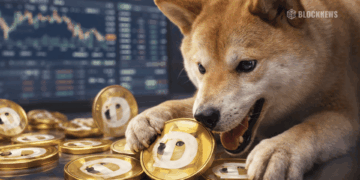DAO stands for Decentralized Autonomous Organization. This is a popular way for the cryptocurrency community and companies to organize. However, it has a wide range of uses.
One of the main advantages of DAOs is that they are more transparent than traditional companies. All actions and funds are visible in DAOs for everyone to see. This dramatically reduces the risk of corruption and censorship.
Public companies are required to provide independently audited financial statements. Shareholders can only see a snapshot of the organization’s financial health.
Since the DAO’s balance sheet resides on the public blockchain, all transactions are transparent.
12 DAO Resources for Beginners
Therefore, it is essential to know about DAOs. According to BlockWorks, here is a list of the 12 Great Resources:
- DAOs, DACs, Das and more: An Incomplete Terminology Guide – Vitalik Buterin
- Everything you need to know about DAOs – Foundation App
- 15 ways the world is being transformed by DAOs – Aragon Project
- Legal framework for DAOs – David M Kerr
- A Beginner’s Guide to DAOs – Ljxie
- A Primer on DAO Formation – Danelund
- Self-shoutout: Blockworks Newsletter – @bgilliam1982
- ShapeShift is Decentralizing – Erik Voorhees
- The State of DAOs – Bankland DAO
- The DAO of DAOs– PackyM
- The DAO Landscape – Cooophatroopa
- The ABC of DAOs – Theomarcu
DAOs are globally accessible. They tend to have lower barriers to entry than companies.Given the transparency and low barriers to entry, DAO members who disagree with the rules and policies may face reduced switching costs.
DAOs that share a similar mission may need to compete for members. To attract top members, it is recommended to be as transparent as possible and to refrain from withdrawing too much rent from the group.If the DAO needs to evolve rapidly to meet the needs of its members.
Examples of DAOs
It is essential to understand examples of DAOs before diving in fully. Here are some examples:
The DAO – The most infamous DAO is ‘The DAO,’ which launched as a decentralized venture capital fund in April 2016. A member donated his ETH and, in return, received DAO tokens that could be used to vote on which projects to allocate the funds to. In ETH, he accumulated $150 million, was hacked, and stole $60 million. The exciting thing is that even if the DAO is not currently working, it is on a public blockchain, so everyone can see every transaction made, and the record never goes away. Unfortunately, the DAO hack left many people with a temporary negative impression and skepticism about the term DAO. Still, DAOs are a potent form of organization that can be seen in the crypto space. It did not take long for DAO activity to revive.
MakerDAO – A crypto project can be considered a DAO if it is governed by decentralized governance. In this case, token holders can vote on project direction or various parameter settings and be determined by a centralized team. For example, MakerDAO token holders building a decentralized stablecoin can control the system and vote on parameters such as fees charged.
Curve DAO – It builds automated market makers (AMMs). It generates a fee and provides a revenue share to token holders who lock their tokens. The longer the Curb Tokens (CRV) are locked, the more voting rights and rewards DAO members will receive. Unlike traditional companies where profits are paid out proportionally, this DAO is set up to weight voting rights and revenue sharing by the time token holders invest.
Closing Thoughts
There is legal uncertainty about DAOs licenses, copyrights, and software code, as it needs to be clarified how these intellectual property rights apply to DAO.
It is important to note that as DAOs are decentralized, it will be more difficult for governments to enforce these intellectual property rights, resulting in loss of government revenues and possible regulation and crack down on DAOs.














